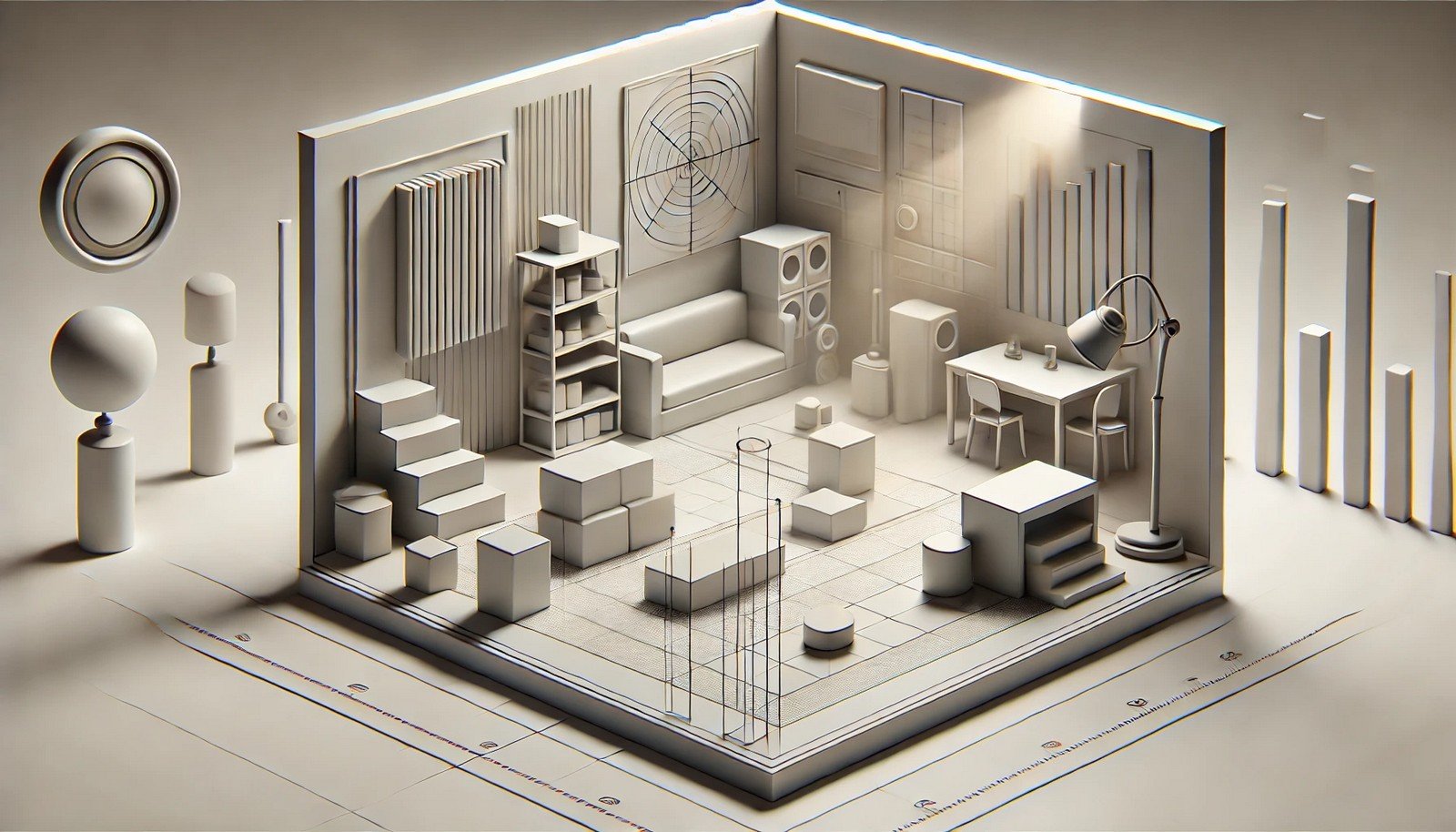Depth Estimation

Quick Navigation:
- Depth Estimation Definition
- Depth Estimation Explained Easy
- Depth Estimation Origin
- Depth Estimation Etymology
- Depth Estimation Usage Trends
- Depth Estimation Usage
- Depth Estimation Examples in Context
- Depth Estimation FAQ
- Depth Estimation Related Words
Depth Estimation Definition
Depth estimation is the process of determining the distance of objects from a reference point, commonly used in computer vision. By analyzing images or video data, depth estimation enables machines to interpret spatial information, essential for applications like 3D modeling, autonomous driving, and augmented reality. Methods include stereo vision, monocular depth estimation, and LiDAR sensing, each utilizing different data sources and algorithms to gauge depth accurately.
Depth Estimation Explained Easy
Imagine looking at a picture and trying to guess how far away things are. Depth estimation is when a computer tries to do the same thing: figuring out how close or far objects are in an image, like spotting a car on a road or measuring the height of a building. This helps robots and self-driving cars understand what’s around them.
Depth Estimation Origin
Depth estimation emerged with advancements in computer vision and 3D sensing technologies, especially since the 1990s when computing power and camera technology became more sophisticated. Early work involved stereo cameras mimicking human binocular vision, later evolving into complex algorithms and sensor-based depth measurements in robotics and autonomous systems.
Depth Estimation Etymology
The term "depth estimation" combines "depth," referring to the dimension of distance, and "estimation," suggesting the calculation or approximation of that distance through visual or sensor data.
Depth Estimation Usage Trends
In recent years, depth estimation has become integral to many fields, from self-driving cars and drone navigation to virtual and augmented reality. As sensor technology and machine learning techniques advance, depth estimation's accuracy and applications have broadened significantly, enabling more precise environmental mapping and object detection.
Depth Estimation Usage
- Formal/Technical Tagging:
- Computer Vision
- 3D Sensing
- AI
- Robotics - Typical Collocations:
- "depth estimation algorithm"
- "stereo vision depth estimation"
- "depth maps"
- "LiDAR depth estimation"
Depth Estimation Examples in Context
- Self-driving cars use depth estimation to determine the distance to other vehicles and obstacles.
- Augmented reality applications calculate depth to overlay virtual objects onto the real world accurately.
- Robots leverage depth estimation to navigate and avoid obstacles in unfamiliar environments.
Depth Estimation FAQ
- What is depth estimation?
Depth estimation is the process of calculating the distance of objects from a reference point, crucial in applications like autonomous driving and augmented reality. - How does depth estimation work?
It analyzes images or sensory data to determine object distances, using techniques like stereo vision, monocular estimation, or LiDAR. - Why is depth estimation important in autonomous driving?
It enables vehicles to detect the proximity of obstacles and maintain safe distances on the road. - What is stereo vision in depth estimation?
Stereo vision uses two cameras to capture images from different angles, mimicking human eyes to perceive depth. - Can a single camera perform depth estimation?
Yes, monocular depth estimation can approximate distances from a single camera, though it's typically less accurate than stereo methods. - What is a depth map?
A depth map is a representation of distances in an image, showing how far objects are from the viewer. - How does LiDAR aid in depth estimation?
LiDAR emits laser pulses and measures the time taken for them to bounce back, calculating precise distances for 3D mapping. - Is depth estimation used in virtual reality?
Yes, depth estimation helps VR systems position virtual objects realistically within a user's environment. - What role does machine learning play in depth estimation?
Machine learning algorithms improve depth estimation accuracy by learning patterns from large datasets. - What are the challenges in depth estimation?
Challenges include handling varying lighting conditions, occlusions, and achieving high accuracy with minimal computational power.
Depth Estimation Related Words
- Categories/Topics:
- Computer Vision
- Autonomous Vehicles
- Robotics
- Augmented Reality
Did you know?
In 2019, researchers developed a real-time depth estimation system using monocular video that achieved near-stereo accuracy, revolutionizing mobile devices' ability to sense depth without needing additional hardware.
PicDictionary.com is an online dictionary in pictures. If you have questions or suggestions, please reach out to us on WhatsApp or Twitter.Authors | Arjun Vishnu | @ArjunAndVishnu

I am Vishnu. I like AI, Linux, Single Board Computers, and Cloud Computing. I create the web & video content, and I also write for popular websites.
My younger brother, Arjun handles image & video editing. Together, we run a YouTube Channel that's focused on reviewing gadgets and explaining technology.



Comments powered by CComment